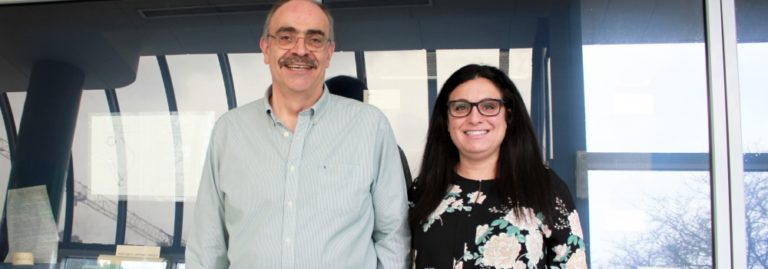By Suzette Norris
If you think hackathons are alien territory for innovation giants like Xerox, think again. A group of Xerox researchers this summer walked away with two out of four awards associated with the Mass EduData Challenge, a hackathon aimed at helping education leaders gain a better understanding of the advantages of big data analytics technology used to inform education policy and the public.
Developed in conjunction with Governor Deval Patrick’s 2012 Big Data Initiative, the hackathon gave Xerox and other participants four weeks to comb through piles of school and district information and create user-friendly software applications for data-driven discovery and decision making.

“We thought this would be a great opportunity to support Xerox’s K-12 services business by demonstrating what capabilities Xerox brings to the table,” said Xerox principal scientist Rob Rolleston, who quickly organized a team of researchers with expertise in manipulating data, presenting data and computer programming. Team members worked out of both the PARC research center in Webster, N.Y., and the Xerox Research Centre India. The two different time zones enabled the team to work on the project around the clock.
The data, provided by the Massachusetts Department of Elementary and Secondary Education, spanned 20 years and included information from 239 school districts. The different data sets – all stripped of personally identifiable information – included test scores, educators’ pay, student/teacher ratios, student enrollment, and many other measures associated with K-12 Education in Massachusetts.
Helping Citizens look at schools and communities
The official judging criteria included “Use of Core Data”, “Use of Comparative Data Sources”, “Interactivity”, “Usability”, and “Aesthetic Design”. “Listening to your customer is a critical part of success, and two of the things discussed at the kick-off event were the desire to incorporate maps and to incorporate other data sets into tools,” Rob said. “It seemed natural that a family moving into a new area might want to learn about the schools and other aspects of a community at the same time.”
After brainstorming several different concepts, or “user scenarios,” the team decided to work on a tool that would help people moving to or within Massachusetts. The idea was to simplify how people can research different schools and districts, while comparing a variety of aspects of a particular community. They created a user-friendly Web page that presented school data integrated with information from the U.S Census. An easy-to-use map allows users to click on an area and quickly compare different sets of information from different sources.
The data from MASS Edu and the U.S. Census each have more attributes than a person can easily digest. With only weeks to pull the project together from start to finish, the team had to limit itself to a few pieces of data that it thought would be interesting and would show how their concept worked. One of the primary goals was to help people gain meaningful insights from raw data. For example, viewing the number of students who take advanced placement courses alongside the percentage of people in a community with advanced degrees would help someone make a fact-based decision about a particular area.
Awards
Using cross platform and cross browser technology, the 8-researcher team developed a working prototype of the online tool that can be viewed on a tablet or computer screen. Check it out here on the Open Xerox site.
“Making the tool work on a mobile device is an important feature learned from the ethnographic studies Xerox has been conducting in K-12 schools,” Rob said. “Working this process over the course of other tasks, vacations, holidays and a couple of weddings confirmed my faith in the team of people we have here at Xerox … it was stressful but rewarding.”
At the award presentations on July 15th in Boston the team walked away with two of the four prizes awarded:
- Most Visually Compelling
- Crowd Favorite
“We had lots of ideas and many avenues to explore such as trends over time, predictions, relationships and correlations, but with only a few weeks we had to quickly pick one thing, focus and start coding,” Rob said. “I’d like to expand upon the limited data set we used; perhaps by looking at the relationships between educational funding and student success, insight into statewide tests scores, or the distribution and predictability of certain educational outcomes. This hackathon is only the first step in a longer and richer journey.”

Subscribe to Simplify Work and receive email updates when we publish a new article.


